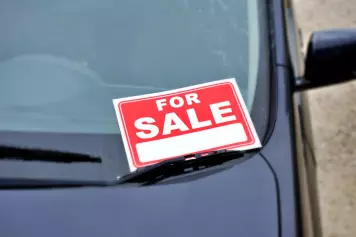If you are ever in a driving-related incident that did not lead to anything major – no dents, no scratches, or no pain – it may be tempting to dismiss the issue and drive away. However, while the incident may seem harmless at first glance, failing to follow proper post-accident procedures could leave you vulnerable to legal or financial claims later on, even for a relatively minor car accident with no visible damage. Whether it's a tap in a parking lot or a low-speed collision at a stoplight, it is important to take certain steps, like documenting what happened, exchanging info with the other driver, and notifying your insurer. In some cases, even reviewing nearby street surveillance cameras can provide helpful evidence. Doing this helps to ensure that you stay safe, protected, and covered, just in case things take a turn later on.
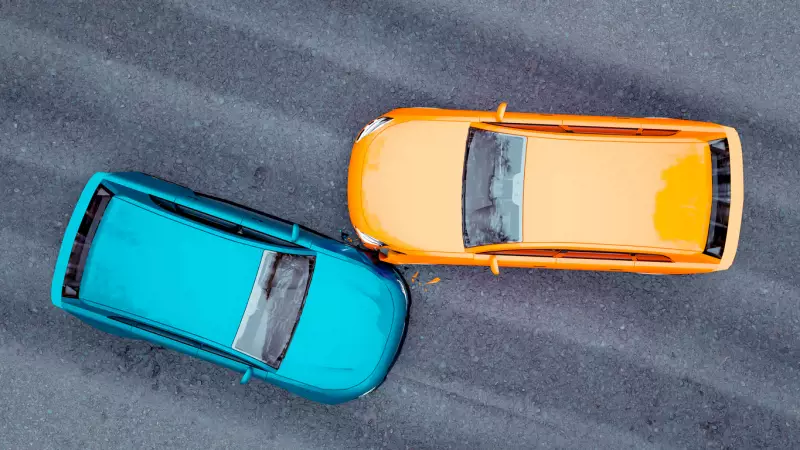
Stay Calm and Ensure Safety First
Accidents, even relatively small ones, can be stressful. However, it is important to remain calm in these situations. Your first priority after any accident (no matter how minor) should be to ensure that everyone involved is safe and that you are not at risk of any further accidents or injuries.
Move to a Safe Location
While a low-speed collision may not seem dangerous, you’re still at risk of further accidents if you stay in the flow of cars. As such, if your vehicle is operable, you should carefully move it to the shoulder of the road, a nearby parking space, or any safe spot that’s out of traffic. Note that it is crucial to treat the incident seriously and take all safety precautions, even if there are no visible damages or injuries.
Check for Injuries
Even small impacts can cause whiplash, bruising, or shock. Take a moment to check yourself and your passengers (if any) for signs of discomfort or pain. Sometimes, symptoms of an injury may not appear right away, and so, you should also consider calling emergency services or visiting a doctor as soon as possible for a more thorough check.
Turn on Hazard Lights and Stay Alert
Once your vehicle is parked safely and/or you are waiting for help, turn on your hazard lights; this signals to other drivers that your car is stopped and that they should proceed with caution. You should also stay alert while outside your car, especially if you are near active traffic lanes, and don’t stand between vehicles.
Exchange Information with the Other Driver
Exchanging information after an accident is essential, even if there is no visible damage and everyone feels fine. Doing this legally protects you if the other driver decides to file a claim or report injuries later on.
Collect Driver and Vehicle Details
Exchange the following key information from the driver:
- Full name and phone number
- Driver’s license number
- Vehicle make, model, and license plate number
- Insurance company and policy number
Be sure to double-check everything to ensure that it matches the driver’s vehicle; you should also consider taking a picture of their license plate and insurance card.
Avoid Admitting Fault
While it is natural to want to apologize for the incident or downplay the situation, it is best to keep all conversations neutral and factual. Do not admit fault, even casually, and avoid speculating about who’s responsible. Let your insurance company (or law enforcement if necessary) sort out the details and determine who is at fault based on the evidence.
Document the Scene Thoroughly
Documenting the incident is another critical step in protecting yourself after a minor car accident - even if there is no obvious damage, this doesn’t necessarily mean that there is no problem or that the other driver cannot or will not file a claim later.
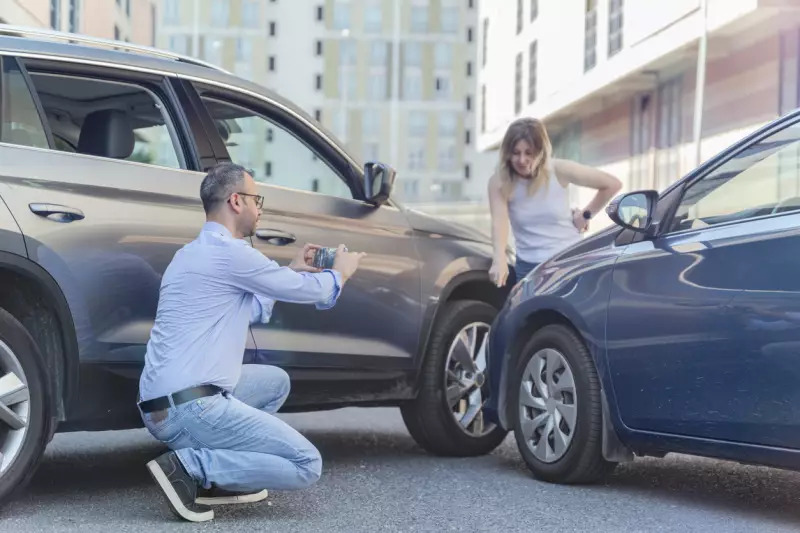
Take Photos of Vehicles and Surroundings
Take clear pictures of both cars from multiple angles and close-ups of any scrapes, dings, or marks. You should also take pictures of road conditions, signs, skid marks, any nearby property or objects, and the general surroundings of the accident.
Doing this can prove helpful in either showing there was no apparent issue at the time of the accident or providing evidence of minor car damage (if any) in situations where the other driver decides to exaggerate the issue.
Record the Time, Date, and Location
Use your phone to jot down or record a quick voice note with the time and date of the incident, the location, and a brief description of what happened. You may also include weather and lighting conditions if relevant. This documentation can help support your case if any questions arise later.
Talk to Witnesses (If Any)
Look around for anyone (pedestrians, cyclists, or other drivers) who may have witnessed the incident and consider getting their contact information. A neutral witness can be incredibly helpful in confirming the minor nature of the incident, especially if the other driver provides conflicting details or disputes facts later.
Decide Whether to File a Police Report
In some cases, calling the police may still be necessary for a minor car accident with no damage, especially if your local laws require it or you suspect that the other driver is not being honest or cooperative.
Follow Local State Requirements
Some jurisdictions require a police report for all accidents, regardless of whether there is any damage. On the other hand, in some states, a police report is only mandated for certain situations, such as if someone is injured, if the incident results in property damage that exceeds a specific amount, if one of the involved drivers is uninsured, or if either party requests a report.
If you are unsure about the specific requirements for your location, contact your local law enforcement or DMV office for guidance on whether you need to report the incident.
Ask for an Incident Report If Officers Arrive
If police officers arrive on the scene, request a copy of the incident report. If you can’t get one immediately, take down the officer’s name, badge number, jurisdiction (city police, sheriff’s office, or state highway patrol), and a copy of the incident number to allow you to obtain a copy later. This report can help speed up your insurance claim and/or back up your version of events if needed.
Notify Your Insurance Provider
Even if you don’t plan to file a claim after a minor car accident with no damage, letting your insurer know about the incident is a wise move that helps you stay one step ahead if a claim shows up later from the other driver.
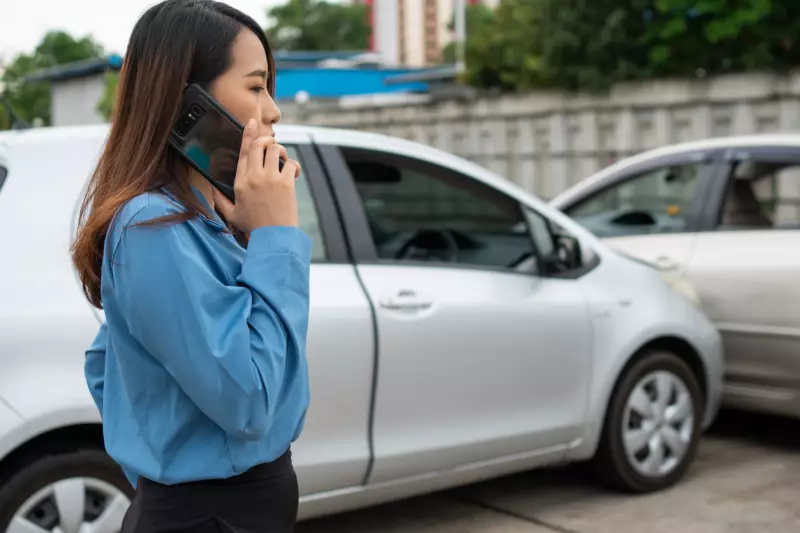
Report the Incident Promptly
Always notify your insurer about any driving-related incidents as soon as possible; this helps establish a record in case the other driver later claims they were injured or their car was damaged. Depending on your insurer, you may be able to report the incident online via their official website, through an app, or via a dedicated customer service line.
Note that some auto insurance policies require policyholders to report all accidents, even minor ones, within a certain window. Late reporting could jeopardize your coverage if something emerges later, like a hidden injury or delayed claim.
Provide All Collected Information
When you contact your insurer, share all the information you gathered during the incident. This will typically include photos from the scene, the other driver’s information, your recorded notes and voice memos, any witness contact information, and a copy of the police report (if available). This proactive documentation helps give your insurer a clear view of the situation, allowing them to resolve any potential issues quickly and clearly; it also protects you in case your version of events is challenged.
Ask How It May Affect Your Policy
Being involved in an accident with or without minor car damage does not automatically mean that your premium will go up. However, it is advisable to talk with your insurance agent about what happens next and how the incident may affect your premium or record, especially if you’re not filing a claim. Be aware that some insurers require that you report all accidents, even ones with no damage, to stay in compliance with your policy. Depending on the outcome and your claims history, the accident may have little to no impact at all on your policy.
Even fender-benders with no visible damage can spiral into insurance claims, disputes, or hidden costs; as such, it is still essential to treat these types of situations seriously. Taking steps like documenting the scene, exchanging information, and notifying your insurer ensures that you stay protected legally and financially. Don’t let the absence of dents, scratches, or injuries stop you from making the right decisions – it only takes a few minutes to cover your bases and potentially save yourself time, money, and stress down the road


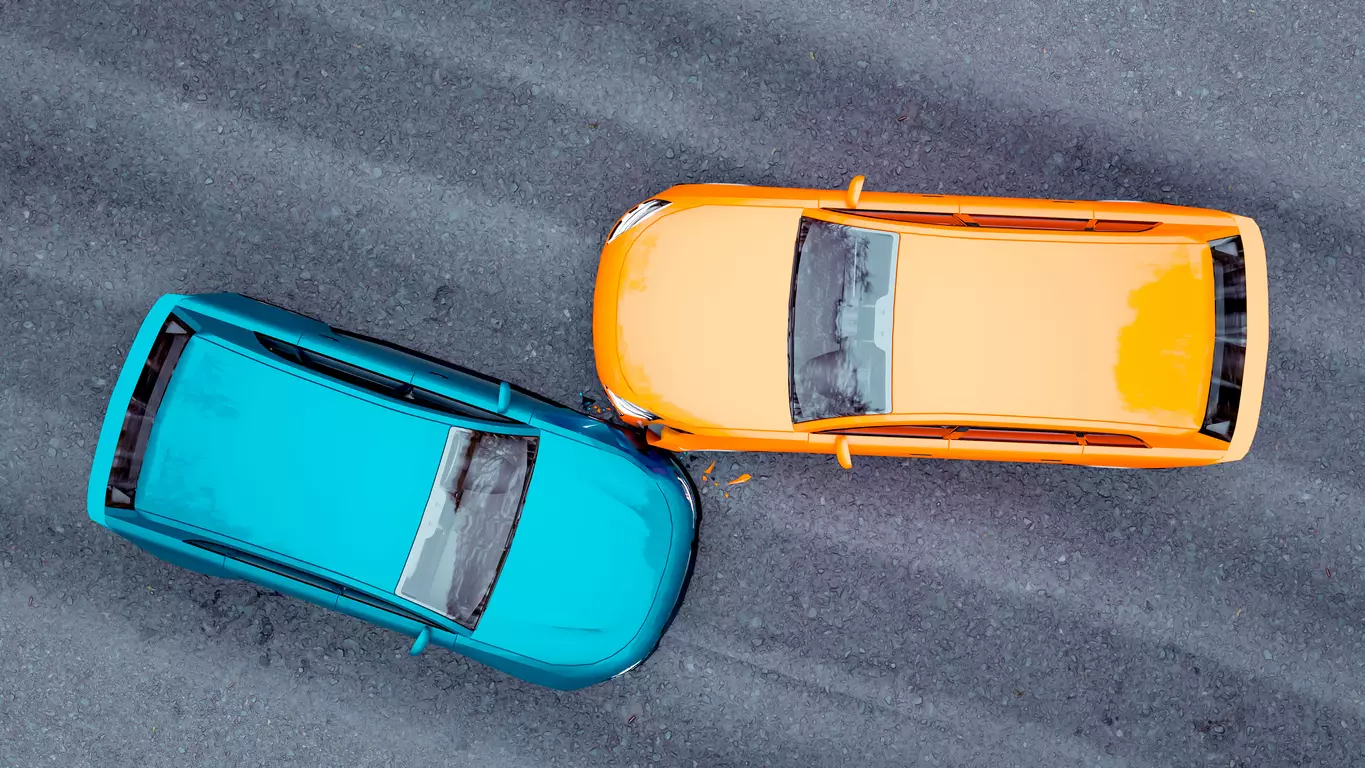




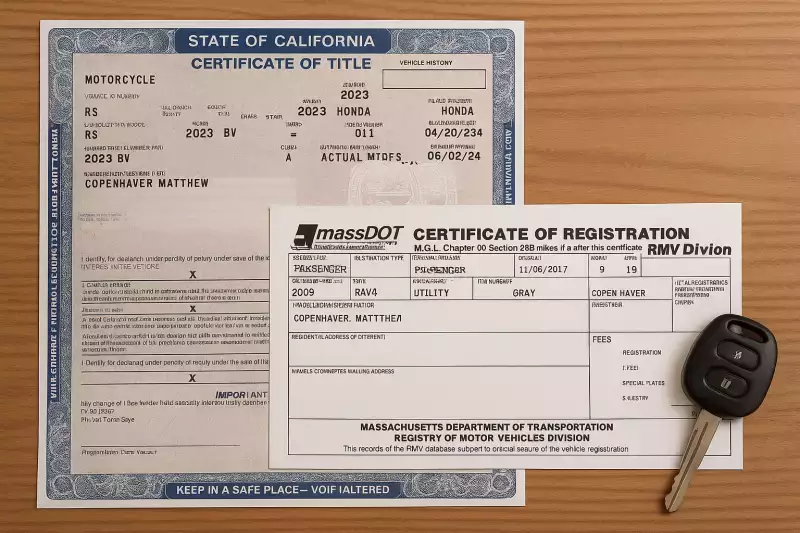
![Best Sites to Check a Car’s History [2025 Review]](https://media.infopay.net/thumbnails/K8lMeG2QLjE46LPqZlmoi6SunKKdT5qvlaRZk6e1.webp)
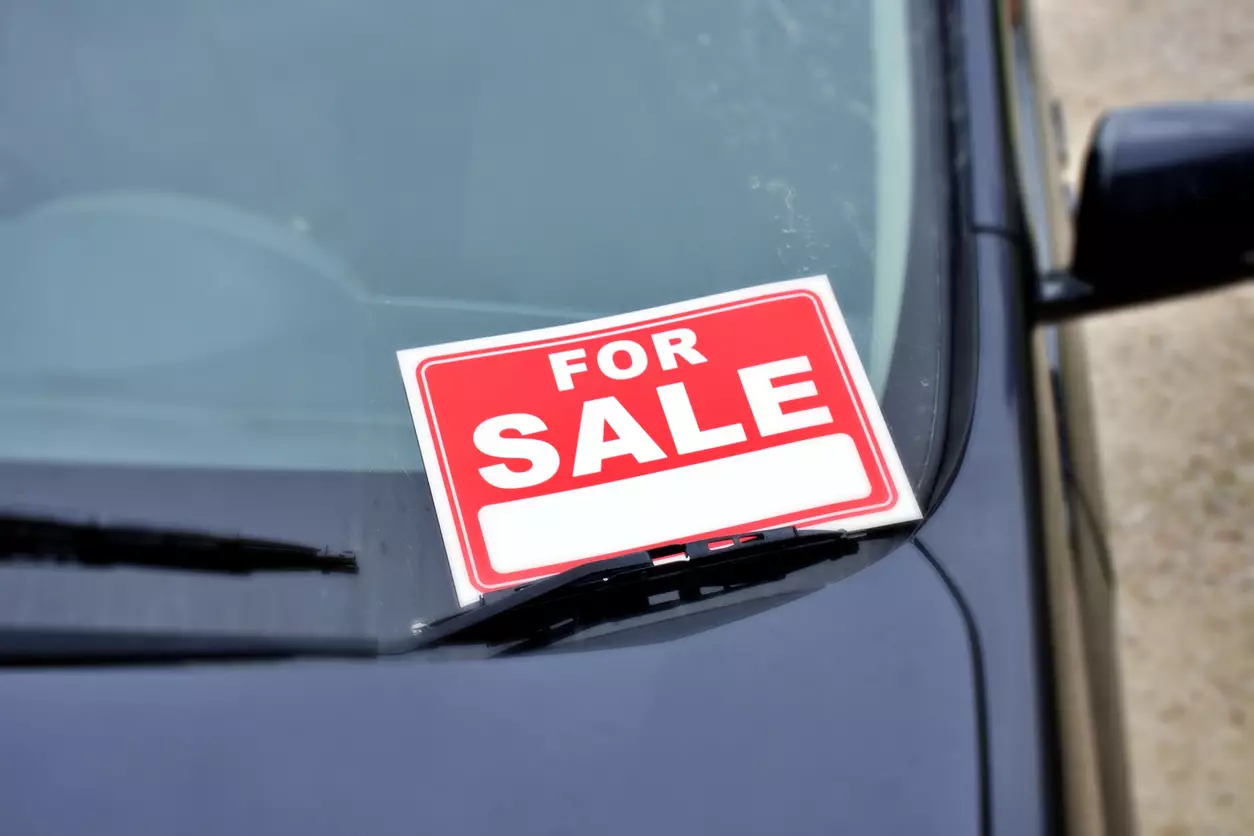








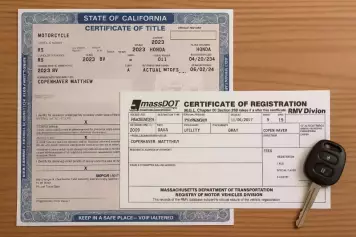
![Best Sites to Check a Car’s History [2025 Review]](https://media.infopay.net/thumbnails/K8lMeG2QLjE46LPqZlmoi6SunKKdT5qvlaRZk6e1-w356.webp)
